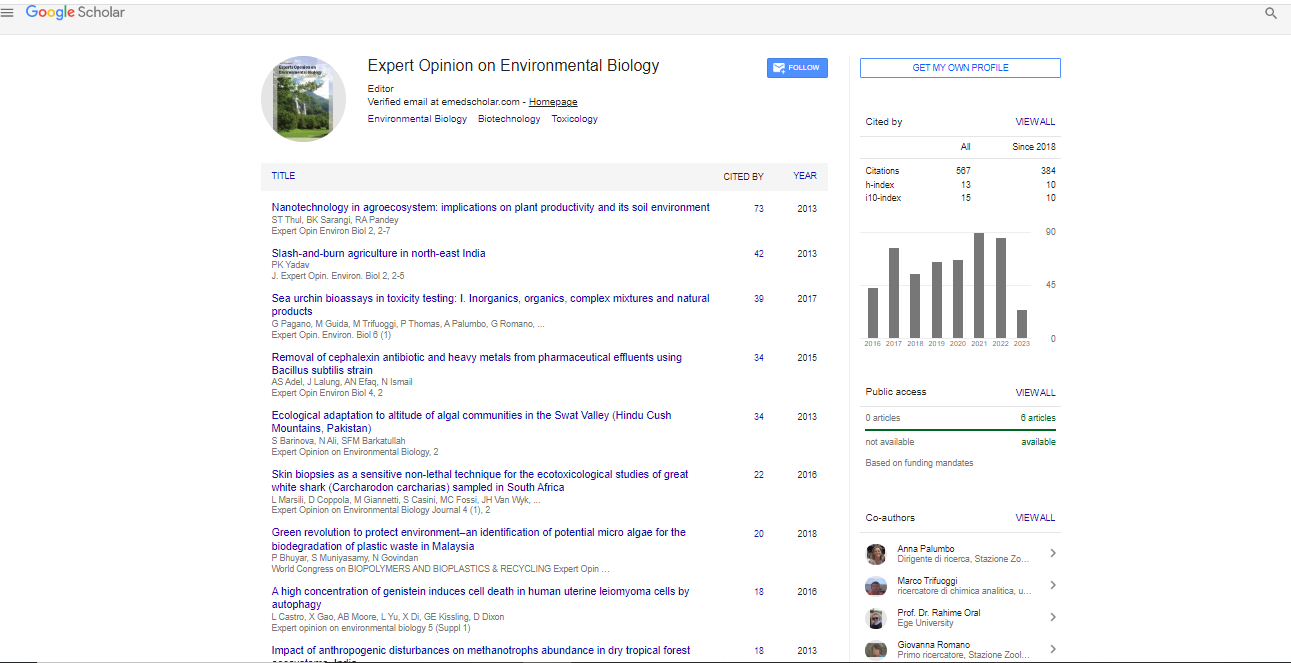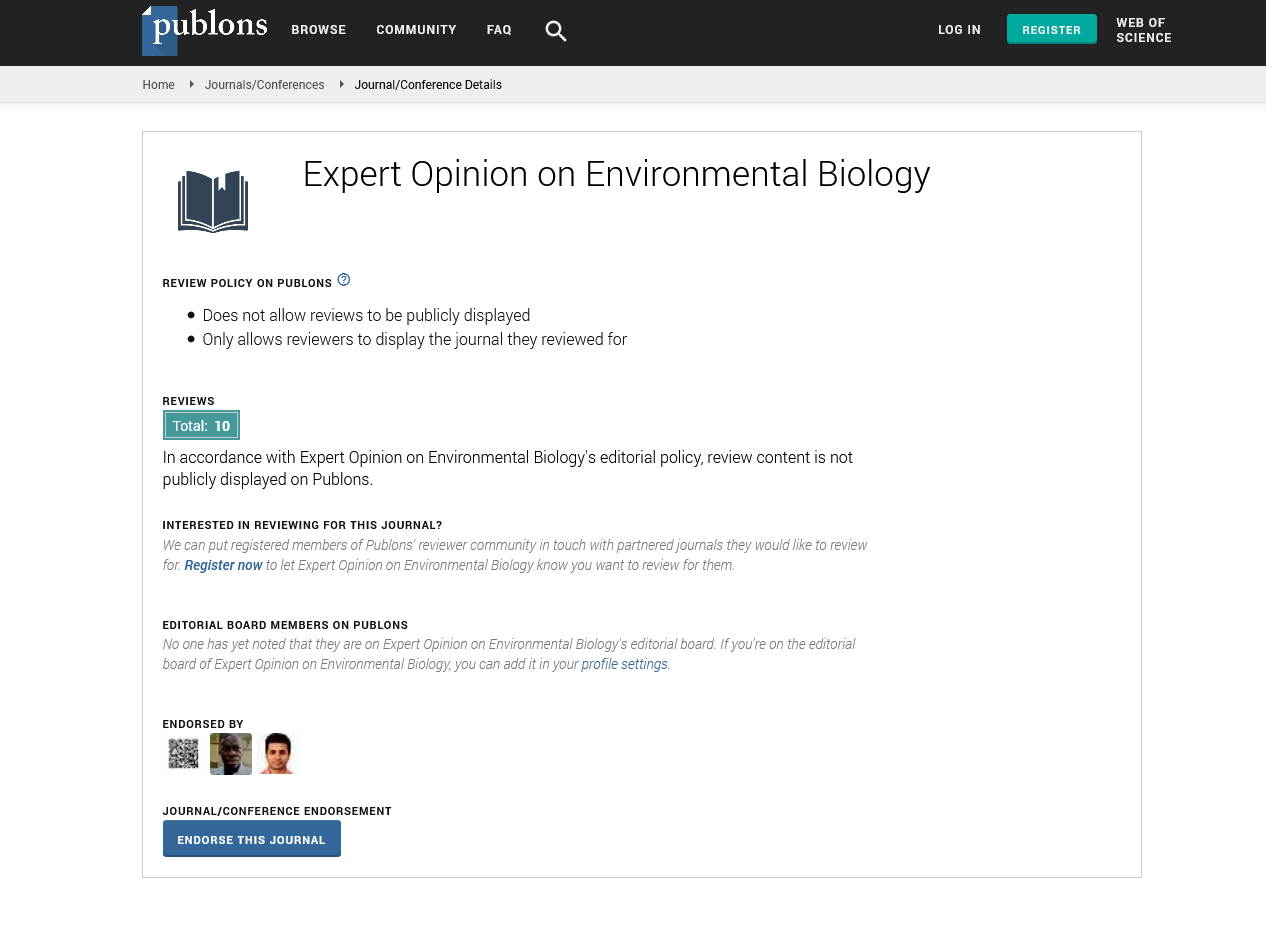Synthesis of second generation biofuels from melon rind and its atmospheric implications
Almudena Lorente Diezma, Huertas-Alonso AJ, Salgado M, Sanchez Verdu MP, Moreno A and Cabanas B
University of Castilla-La Mancha, Spain
: Expert Opin Environ Biol
Abstract
Fossil fuel reserves are nowadays decreasing and their use cause high CO2 emissions. For these reasons lignocellulosic biomass is becoming increasingly recognized as a good feedstock and carbon source with different components and applications. Plant cell wall is mainly composed by cellulose, hemicellulose and lignin being cellulose the predominant component. These polymers can be transforming into biofuels, bio-oils and value-added chemicals with good properties to use in biorefinery. Microwave radiation is a promising technique widely used as heating system into biomass. Giving the background, the aim of this work is firstly a completely study of the hydrolysis of microcrystalline cellulose and secondly, the synthesis of hydrolysis and dehydration products (HMF and levulinic acid) of carbohydrates present in melon rind under microwave radiation. Finally, the study of the emissions of these synthetized compounds was carried out in order to know the emitted compounds and to value the environmental benefits of these products.
Biography
Almudena Lorente Diezma obtained her degree in chemistry from the University of Castilla La Mancha in 2014. Her first contact with organic chemistry and microwave assisted was in her fifth year of degree in the group ´Organic Green Chemistry Food and Agroindustrial Waste Chemistry`. She started her PhD in the same group in 2014. During these years she has continued her training in the field of waste and bioeconomy. She obtained her certificate about bioeconomy studies in September 2016.
E-mail: almudena.lorente@uclm.es
 Spanish
Spanish  Chinese
Chinese  Russian
Russian  German
German  French
French  Japanese
Japanese  Portuguese
Portuguese  Hindi
Hindi 
